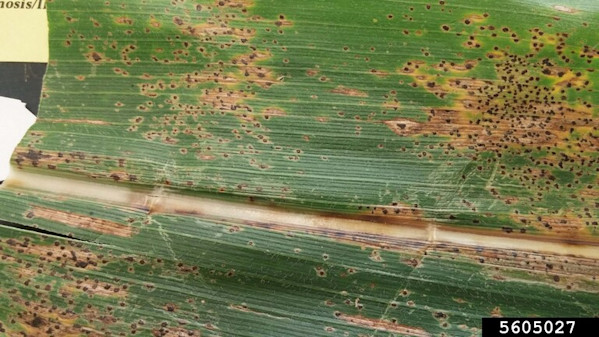Copyright © 2015 - 2024 Farmer's Business Network Canada, Inc. All rights reserved. The sprout logo, "Farmers Business Network," "FBN,", "Farmers First", "FBN Direct," "F2F Genetics Network", "Pro Ag", and "Professional Ag Distributors" are trademarks or registered trademarks of Farmer's Business Network, Inc. or its affiliates. All other trademarks are the property of their respective owners.
FBN Direct products and services and other products distributed by FBN Direct are offered by Farmer's Business Network Canada, Inc. and are available only in provinces where Farmer's Business Network Canada, Inc. is licensed and where those products are registered for sale or use, if applicable. Not available in Quebec. Nothing contained on this page, including the prices listed should be construed as an offer for sale, or a sale of products. All products and prices are subject to change at any time and without notice. Terms and conditions apply.
Any product recommendations or preselected bundles are for informational purposes only and should not be used as a replacement for consulting the applicable product label or independently determining the appropriate product offerings and quantities for your operation.
Commodity trading involves substantial risk of loss and may not be suitable for everyone. FBN Crop Marketing Canada Inc. does not guarantee any specific benefits or value from participating in FBN Crop Marketing Advisory; results will vary. Past performance is not necessarily indicative of future results.
** Store credits will be issued to customer accounts weekly. Upon issue, store credits are available to be used immediately and will automatically be applied to the members' next transaction. Store credits have no cash value. Store credits expire 6 months after issuance and must be used on a purchase to be shipped no later than 6 months after issuance. Limit one store credit issued for the same program or promotion per week unless otherwise specified. Terms & conditions apply.
Financing provided by our underwriting and finance partners. By applying for credit, you consent to Farmer’s Business Network Canada, Inc. providing information you provide on an application form to our financing partners or their designated third party service providers. Not all applicants will qualify.
To qualify for a financing offer, a borrower must be a member of Farmer’s Business Network, Inc., complete a credit application, be approved by FBN or our lending partners, and complete all loan documentation. Where applicable, qualified farmers must have a current tax exemption form on file with FBN. Farmers may apply for and accept the terms of financing offered by either Farm Credit Canada (FCC) or Scotiabank’s Yield More Financing™ Program. Input financing is available to FBN members from Farm Credit Canada (FCC) and Scotiabank’s Yield More Financing™ Program in the following provinces: Alberta, British Columbia, Manitoba, Ontario, and Saskatchewan. FBN reserves the right to change the terms, effective dates, and to cease any promotions stated herein, with or without notice at any time.
Qualified farmers are eligible to receive a promotional interest rate of 0% to finance purchases of input products made through FBN Direct between October 1, 2023 - December 8, 2023 and financed by Farm Credit Canada (FCC) or Scotiabank’s Yield More Financing™ Program. Qualifying input products include crop protection, adjuvant, crop nutrition, or seed. For Farm Credit Canada (FCC) loans, the 0% promotional interest rate will be offered until May 31, 2024 at which time the loan balance will revert to Prime +2.95% until the loan’s maturity date, which is March 15, 2025. For Scotiabank’s Yield More Financing™ Program loans, the 0% promotional rate will be offered until May 31, 2024 at which time the loans will convert to prime interest rate until September 20, 2024. On October 1, 2024, credit lines above $200,000 will convert to prime +1.95% until the loan’s maturity date, February 29, 2025. On October 1, 2024, credit lines below $200,000 will convert to prime +2.95% until the loan’s maturity date, February 29, 2025.
Qualified farmers are eligible to receive a fixed prime interest rate until September 30, 2024 to finance purchases of input products made through FBN Direct between December 9, 2023 - August 31, 2024 and financed by Farm Credit Canada (FCC) or Scotiabank’s Yield More Financing™ Program. Qualifying input products include crop protection, adjuvant, crop nutrition, or seed. For Farm Credit Canada (FCC) loans, the loan converts to prime interest rate +2.95% on October 1, 2024 until the loan’s maturity date, which is March 15, 2025. For Scotiabank’s Yield More Financing™ Program loans, credit lines above $200,000 will convert to prime +1.95% until the loan’s maturity date, February 29, 2025. On October 1, 2024, credit lines below $200,000 will convert to prime +2.95% until the loan’s maturity date, February 29, 2025.
No purchase minimum required to be eligible for the promotions stated herein.

